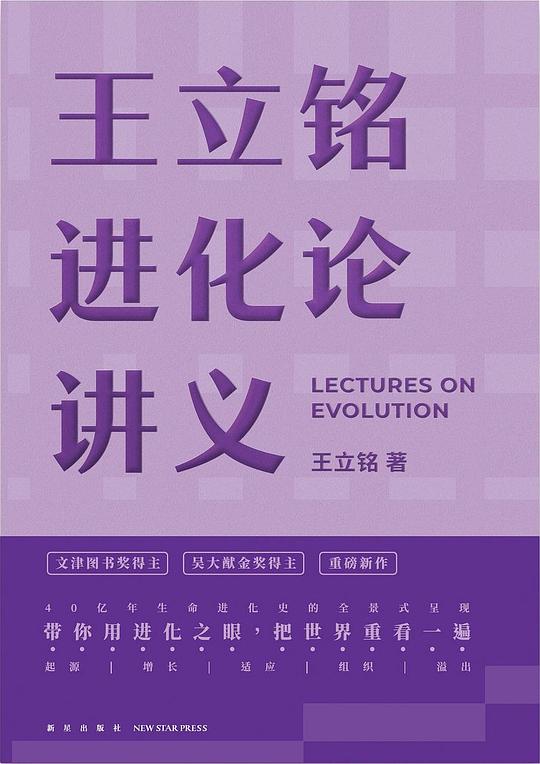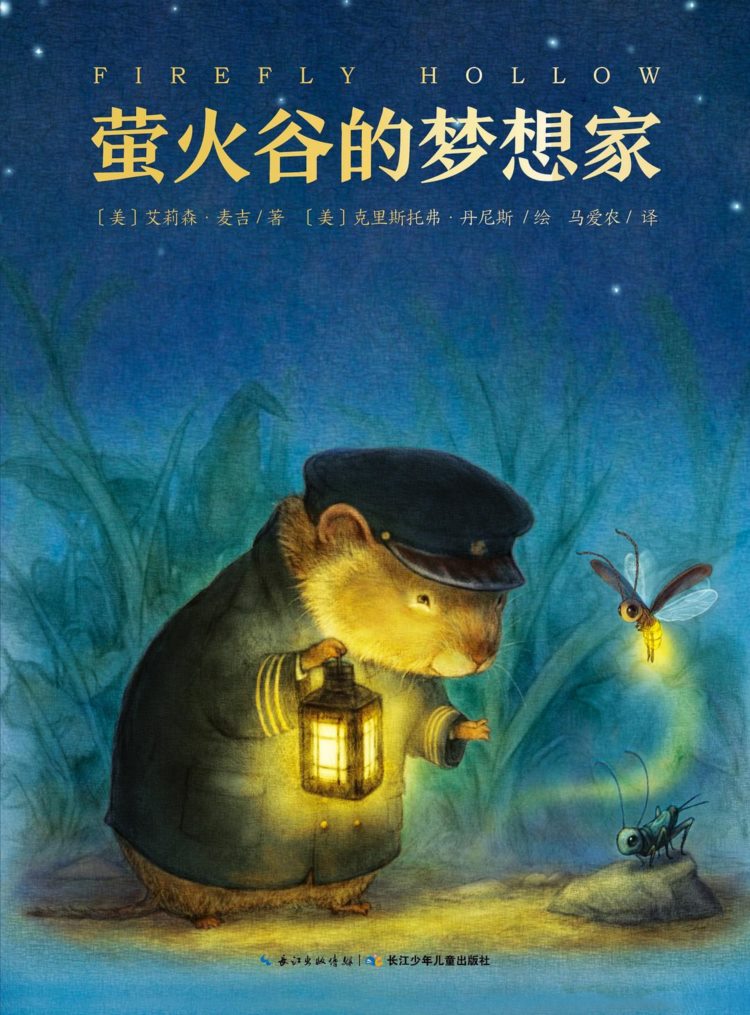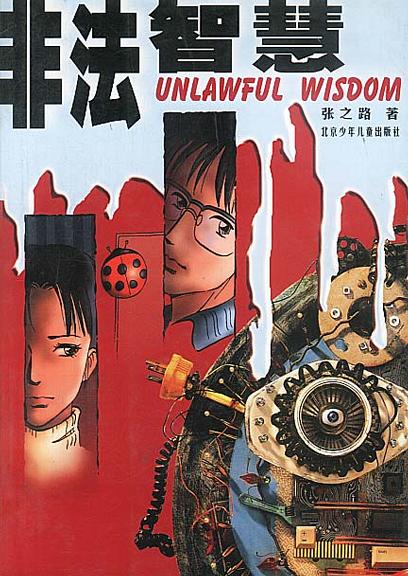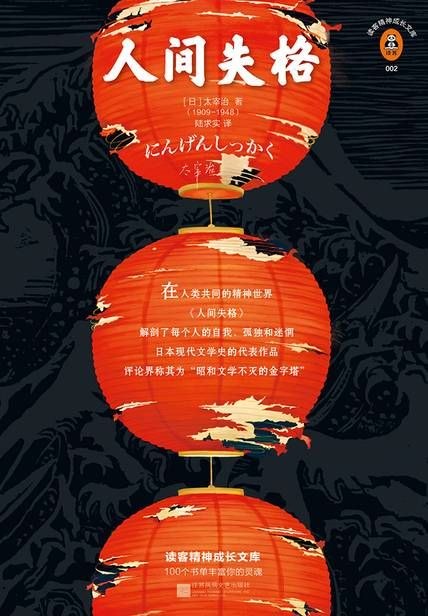
"王立铭进化论讲义笔记"
书名:王立铭进化论讲义
1
0

篮球公园 2023-09-19 10:24:53
Life is never easy, but life always finds a way. The theory of evolution may be the only reliable success philosophy on Earth.
During my two-week lunch breaks, I finished reading this book. The author explains the journey of life evolution from both a macro (birds eye view) and micro perspective.
Hereditary variations, survival competition, and natural selection have formed a huge funnel that sifts out the "winners" who can adapt to their environment.
The Red Queen effect: you have to keep running to stay in the same place; the Matthew effect: amplify advantages, and eventually the winner takes all.
Is Luca (the single-celled organism from deep-sea hot springs) the ancestor of all life?
Earthly organisms need to decompose energy matter to maintain low entropy levels and uphold order and stable inheritance. Living organisms obtain energy matter, decompose it, use ATP to release energy, and directly drive life activities.
The direction of orderly inheritance: from one generation of objects to the next, from one generation of cells to the next; from a simple information carrier to specific life activities.
Sexual reproduction greatly increases the speed of genetic variability and biological diversity.
The optimal strategy for human descendants: rapid growth in the blue ocean, diligent cultivation in the red ocean.
New species often appear in the edge zones of existing species habitats, achieving rapid formation of new biological characteristics and new species through "founders-erosion-selection."
Hypothesis for the Cambrian explosion: 1. The emergence of homologous and heterogeneous genes (Hox genes); 2. Intensified survival competition. Both factors work together.
Competition relationship: both sides are harmed or ecological niche separation; predatory relationship: predation and parasitism; symbiotic relationship: starts with benefits, develops through punishment, and ultimately becomes mutual benefit.
Positive feedback, negative feedback, feedforward, supervision and repair, reserve redundancy (to prevent unexpected risks).
Associative learning.
Complex organizations: division of labor and cooperation, confrontation and game.
"Evolutionary Stable Strategy" (ESS): within a biological organization, through repeated game plays, it can find a stable structure that maximizes the interests of all members.
Regardless of the specific approach, the common interest is the foundation of the formation of any complex organization.
Implementations of various organizational forms (elephants, bacteria, ants) in modern human business environments.
Bacteria: temporary, loose, decentralized.
Ants: long-term, rigorous, centralized.
Elephants: highly centralized, slow response.
The overall content is rich, detailed, and also refutes the shortcomings and omissions of the theory of evolution (not a life-or-death struggle, but a cake that can be enlarged) and the selfish gene theory.
Cultural genes: 1. What kind of cultural phenomena have the strongest vitality and spread; 2. Transformation is inevitable during cultural transmission; 3. The transmission of cultural phenomena may not always be beneficial to the host (human brain).
Human evolution is still ongoing. How will humans change in the future: genetic testing and gene editing.
Cant wait to reread it.
相关推荐
萤火谷的梦想家
艾莉森•麦吉出生于1960年,是美国《纽约时报》畅销书作家,同时也是大都会州立大学创意写作课的教授。她的作品被翻译成20多种语言并出版,也曾被提名普利策奖,并获得苏斯博士奖金奖、克里斯托弗图书奖、美国 [美]艾莉森•麦吉/[美]克里斯托弗•丹尼斯/绘 2023-03-27 16:50:25鬼马女神捕1·绝密卧底(上)
腹黑凤凰vs毒舌鸡妖——蓝翎:“小姬,跟我去人界吧!”姬十四:“干吗?让人宰了我做小鸡炖蘑菇吗?”蓝翎:“不啊,让妖怪宰了你做小鸡炖蘑菇更气派。”凤凰蓝翎和鸡妖姬十四生活在无忧无虑的灵界。他们的故乡叫 郝天晓 2023-04-17 00:22:47© 2023-2025 百科书库. All Rights Reserved.












发表评价